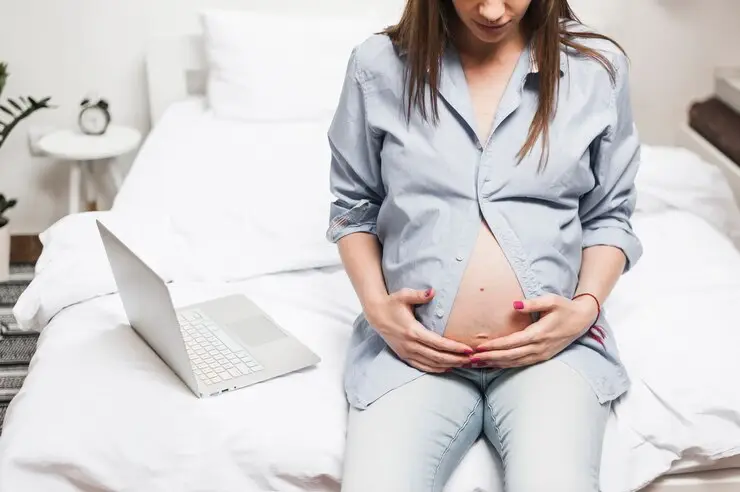Labor & Delivery
Labor and delivery is the final stage of pregnancy, where a woman’s body undergoes a series of physiological changes to bring a baby into the world. It is a complex process that can vary in duration and intensity for each individual.
Labor typically begins with contractions, which are rhythmic tightening and relaxing of the uterine muscles. These contractions gradually become more frequent, longer, and stronger, leading to the dilation and effacement of the cervix. As labor progresses, the woman may experience discomfort, pain, and pressure in the lower abdomen and back.
During delivery, the woman reaches full dilation (10 centimeters) and enters the pushing stage. With each contraction, she actively pushes to help propel the baby through the birth canal. This stage requires physical exertion and can be exhausting for the mother.
Medical professionals, including doctors, nurses, and midwives, provide support, monitor the progress, and ensure the well-being of both the mother and the baby. They may administer pain relief options such as epidurals or provide alternative comfort measures like breathing techniques and massage.
Once the baby’s head emerges, the rest of the body follows in a controlled manner. The medical team quickly attends to the newborn, clearing the airways, assessing vital signs, and facilitating the first breaths.
After delivery, the woman experiences the delivery of the placenta, and the medical team continues to monitor her for any potential complications. Postpartum care and support are vital during this period to ensure the mother’s recovery and the well-being of the newborn.
Labor and delivery are significant milestones in the journey of becoming a parent, filled with a mix of anticipation, excitement, and challenges, ultimately resulting in the joy of welcoming a new life into the world.



